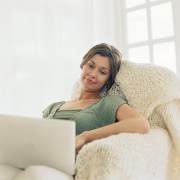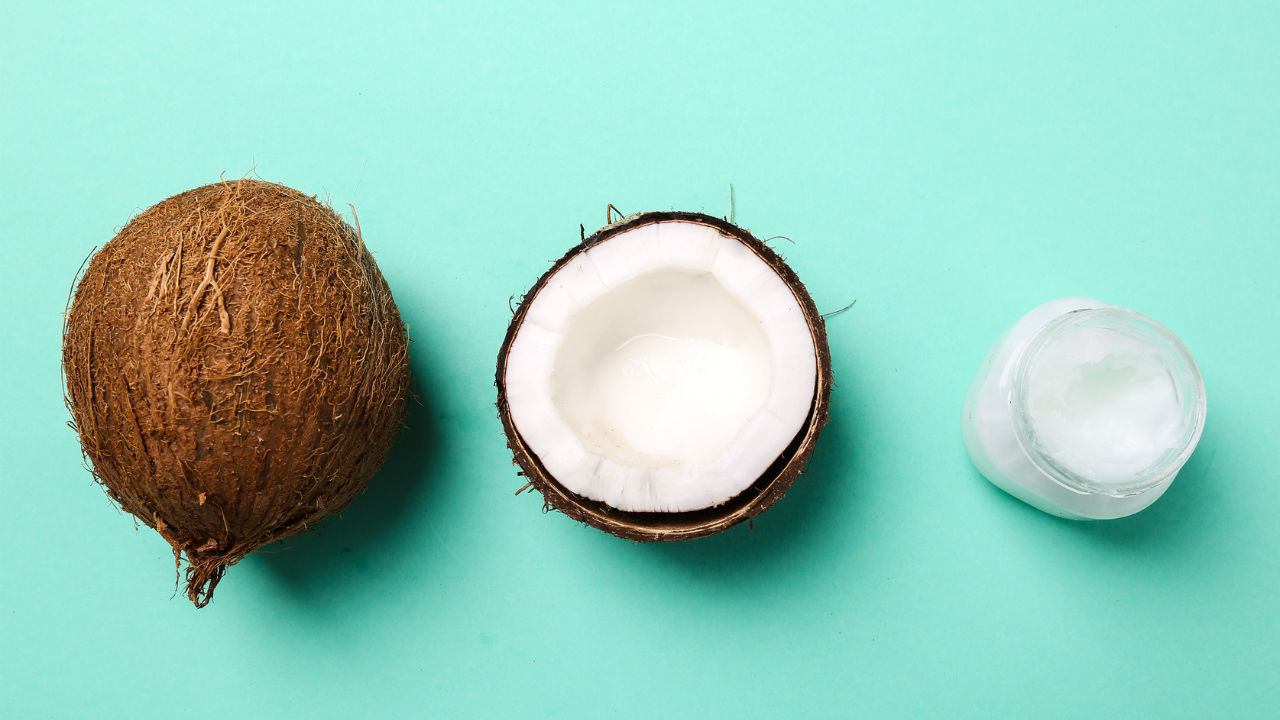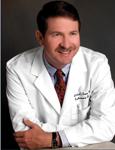Your blood pressure is the measure of the force of your blood against the artery walls, and it is described using two numbers: systolic and diastolic. Systolic pressure is the pressure exerted as your heart beats; diastolic pressure is the pressure exerted as your heart relaxes between beats. A normal blood pressure reading used to be less than 140/90 mmHg, with 120/80 mmHg as the ideal. But recent changes in the guidelines set normal as less than 120/80 mmHg.
It is normal for your blood pressure to fluctuate during the day due to physical activity or stressful stimuli; it should return to normal as your body adjusts to whatever situation you're in. If it does not, if your blood pressure is chronically elevated to greater than 140/90 mmHg, then the condition is called hypertension. Hypertension is unfortunately common, affecting more than 50 million Americans.
We used to think that only diastolic pressure was an important predictor of cardiovascular events, but it is now understood that both numbers matter. Elevated systolic pressure is a key indicator of stroke risk, especially in the elderly. Left uncontrolled, it can also result in kidney disease, vascular disease, and increased risk of heart attack.
The most common cause of hypertension is aging. Blood vessels lose their elasticity as we age, and that reduction in the ability to expand and contract can lead to a rise in systolic pressure and a decrease in diastolic pressure. A young, healthy artery reacts just like a balloon would in response to increased pressure-it expands. Older arteries aren't always flexible enough to do so, which means blood ends up pressing against the artery wall with greater force.
Another common cause of hypertension is heredity predisposition. Someone with a strong family history of hypertension is at higher risk of developing hypertension later in life than someone with no family history.
Hypertension that is caused by certain treatable conditions is called secondary hypertension. Nutritional causes are surprisingly common. One question I always ask patients is if they eat licorice. Licorice contains glycyrrhizin, a substance that may cause sodium retention and lead to hypertension. Excessive salt, alcohol, and caffeine can also increase blood pressure. Decreasing or eliminating these from the diet can do a lot to reverse hypertension.
Other secondary causes of hypertension may be reversible through surgery. These include constriction of the aorta, a tumor on the adrenal gland, or a blocked renal artery. People who also snore may have obstructive sleep apnea, a cause of hypertension that has several treatment options.
In other words, even if you're leading a healthy lifestyle, you could still develop hypertension. This is why a complete evaluation by your personal physician is necessary. Diagnosing and eliminating any secondary causes can significantly reduce or even eliminate hypertension altogether.
If you have no secondary causes, however, the best way to treat hypertension is with lifestyle changes, even if you also need medications. I recommend a four-part program for all my patients with high blood pressure, consisting of:
1. Nutrition
2. Exercise
3. Stress management
4. Smoking cessation
Nutrition
From years of clinical studies, we know a lot about the impact of various foods on blood pressure. Fruits and vegetables, for example, are particularly rich in phytonutrients, which we've learned help lower blood pressure. In fact, all the foods essential to the Mediterranean diet discussed in step 1 -- fruits and vegetables, whole grains, olive oil, cold-water fish, red wine, nuts, and beans -- have been shown to help lower blood pressure. There are also specific foods you should stay away from because of their negative effects on blood pressure: saturated fat, trans fat, and sodium. In addition, excessive consumption of caffeine and alcohol can lead to a rise in blood pressure.
My first recommendation here is to follow a Mediterranean diet. But you can also add individual foods to your diet that contribute to reducing blood pressure. Green tea contains catechins, antioxidants that inhibit the action of an enzyme responsible for raising blood pressure. Pomegranate juice has recently gained attention for its ability to lower blood pressure as well as inhibit atheromatous plaque formation. Even chocolate can be beneficial if you eat the right kind and limit the amount. Moderate consumption of a small amount of dark chocolate, rich in flavanols, contributes to healthy blood vessels, which ultimately leads to reduced blood pressure.
Increasing your intake of potassium, magnesium, and calcium may also have a beneficial effect. Supplements are one way to this, but you can also just choose foods rich in these minerals. Foods that contain a lot of potassium include tomatoes, bananas, blueberries, and oranges. Foods that contain a lot of magnesium include nuts, seeds, beans, fish, whole grains, and green vegetables. And dairy products are a particularly rich source of calcium.
Exercise
Exercise lowers blood pressure in a few ways. One way is by supporting weight loss, particularly the reduction of abdominal fat. Fat in this area is associated with elevated levels of a protein called angiotensinogen, which can lead to hypertension. Exercise also strengthens the heart and makes the cardiovascular system more efficient by relaxing and dilating blood vessels. And if you exercise instead of raiding the refrigerator as an outlet for stress, you can both eliminate emotional eating and help yourself maintain a healthy weight. As mentioned in step 2, simply walking thirty to forty-five minutes each day can lead to significant benefits.
Stress Management
Stress releases catecholamines, chemicals that prepare the body for physical activity and can raise blood pressure. See step 3 for suggestions for reducing stress.
Smoking Cessation
Cigarette smoking causes arteries to constrict and contributes to blood pressure elevation. Smoking's negative health impact, and some tips for quitting, is covered more in-depth in step 7 in the discussion on toxins.
If you currently smoke, stop. No amount of smoking is safe, and it is counterproductive to an otherwise healthy lifestyle.
The above is an excerpt from the book The Great American Heart Hoax
by Michael Ozner, MD, FACC, FAHA Published by BenBella Books; December 2008;$24.95US/$27.95CAN; 978-1-933771-54-0
This excerpt is a digitally scanned reproduction of text from print.
Author Bio
Michael Ozner, MD, FACC, FAHA, is the author of The Great American Heart Hoax: Lifesaving Advice Your Doctor Should Tell You About Heart Disease Prevention (But Probably Never Will). For more information on his book and the research behind it, please visit http://www.drozner.com.






Add a CommentComments
There are no comments yet. Be the first one and get the conversation started!